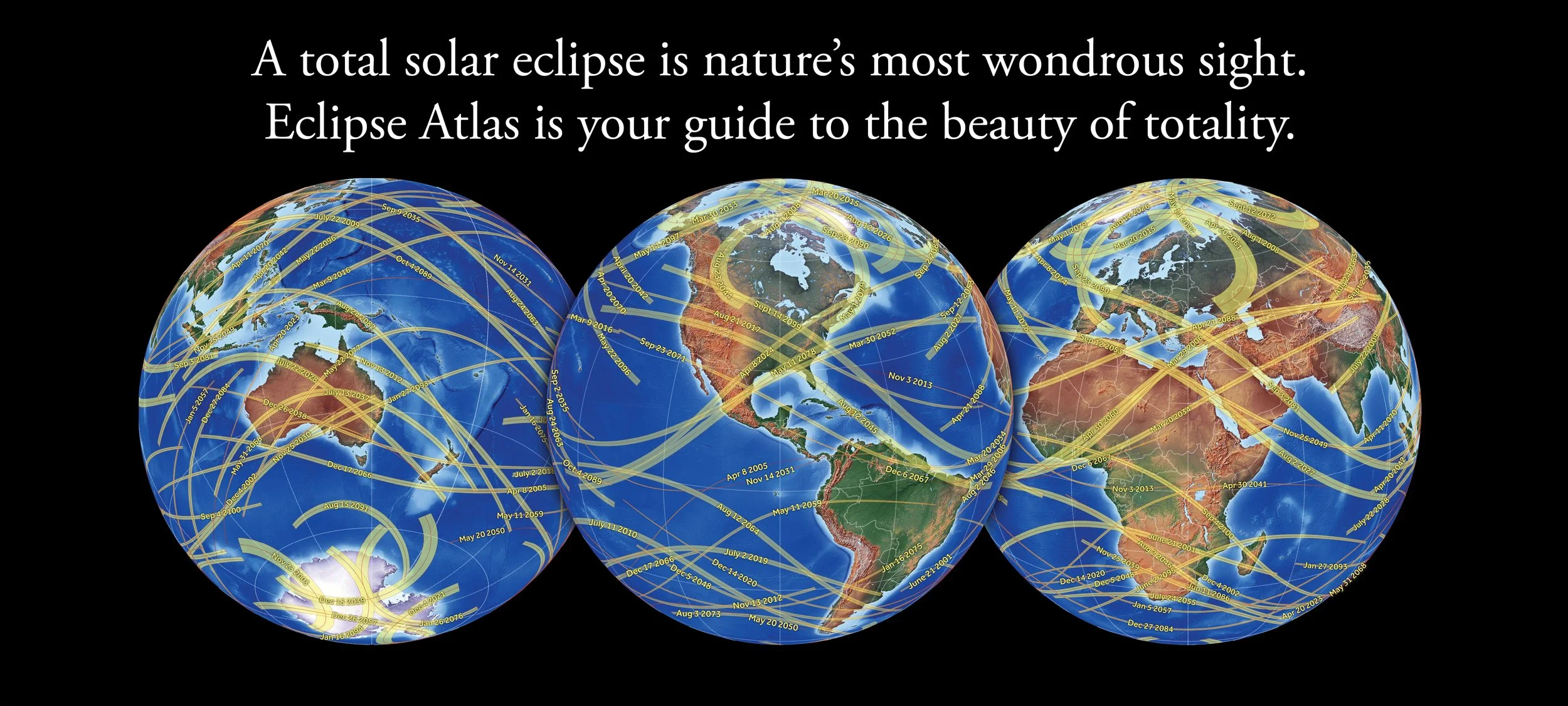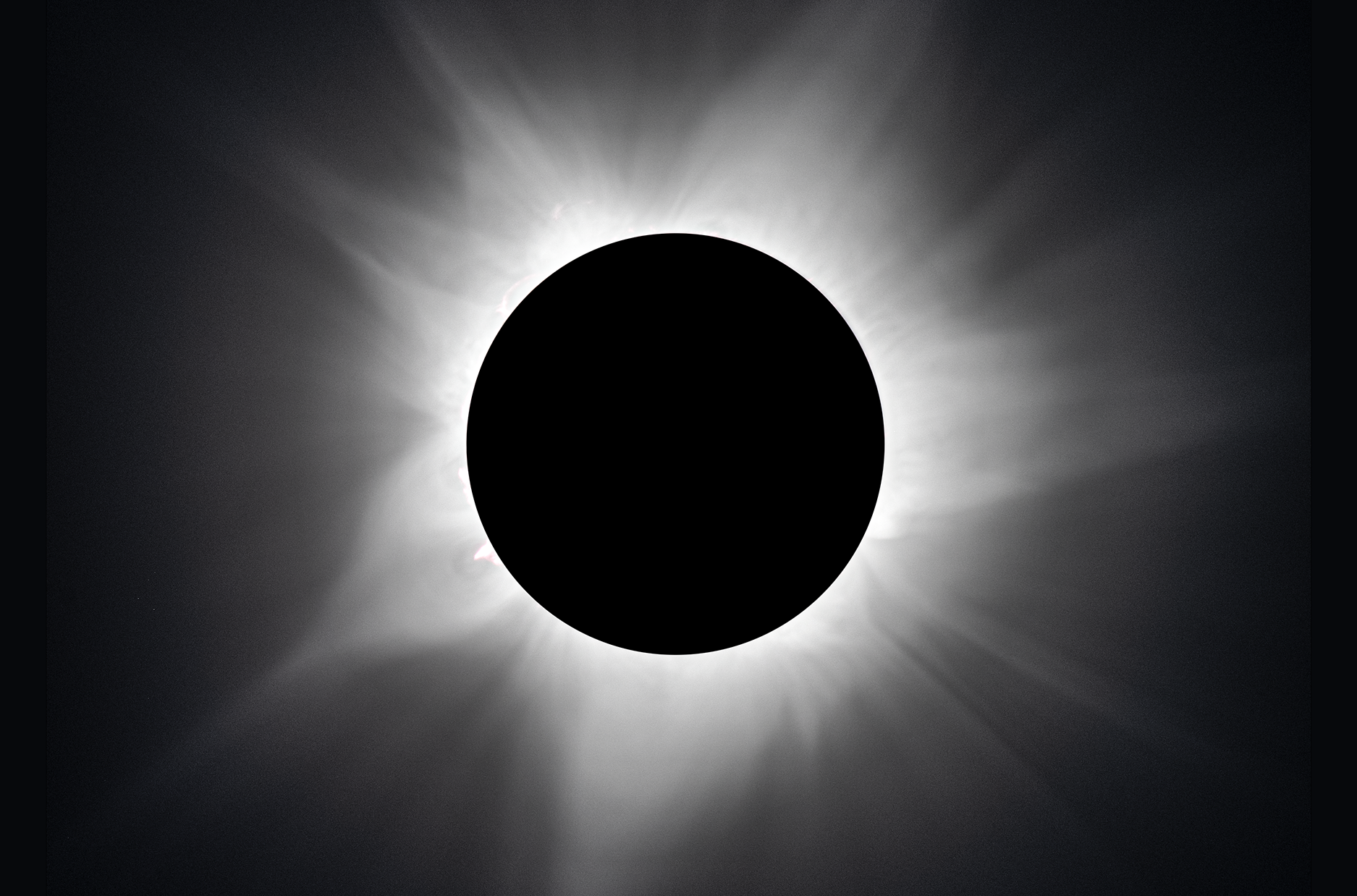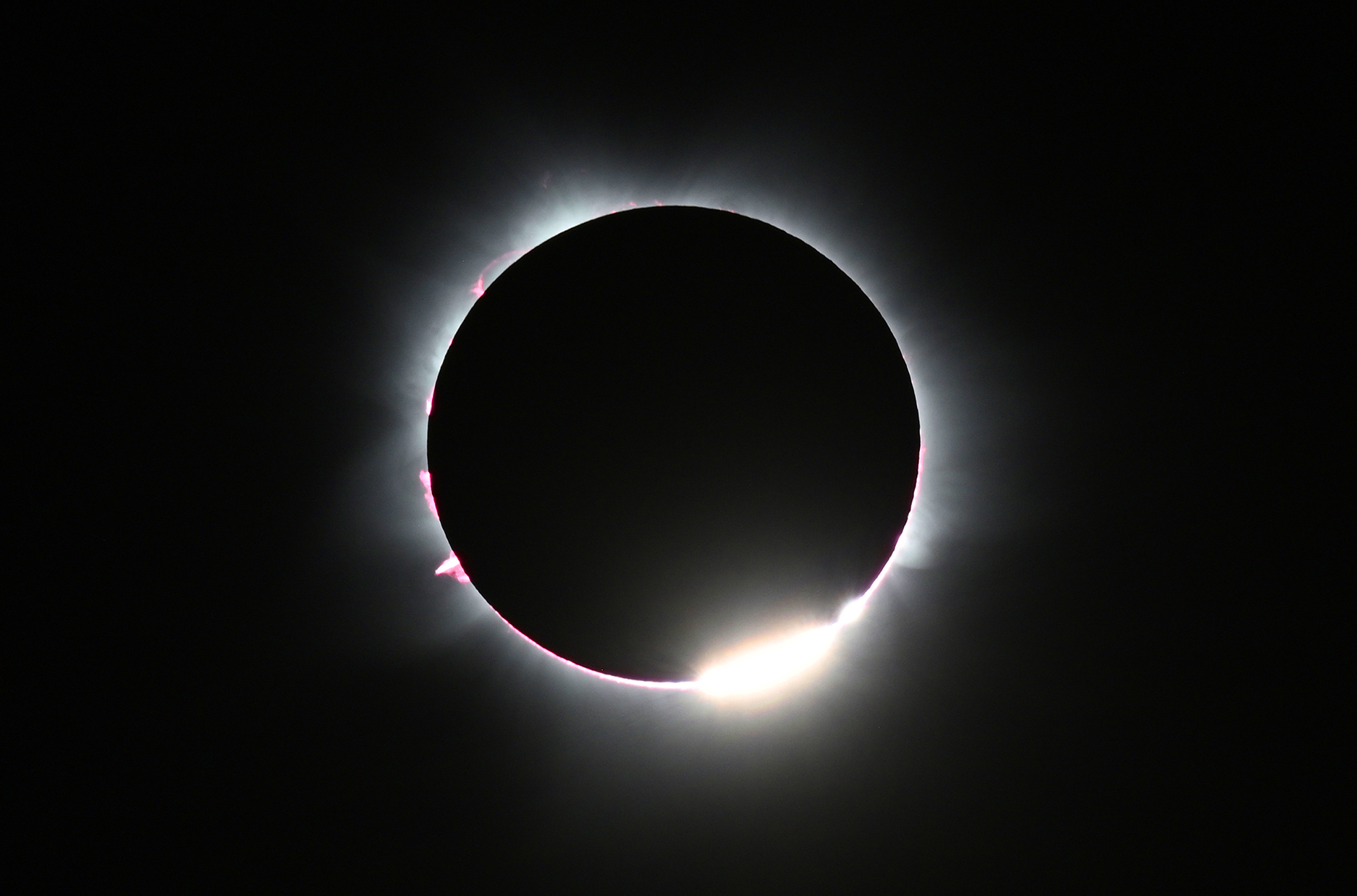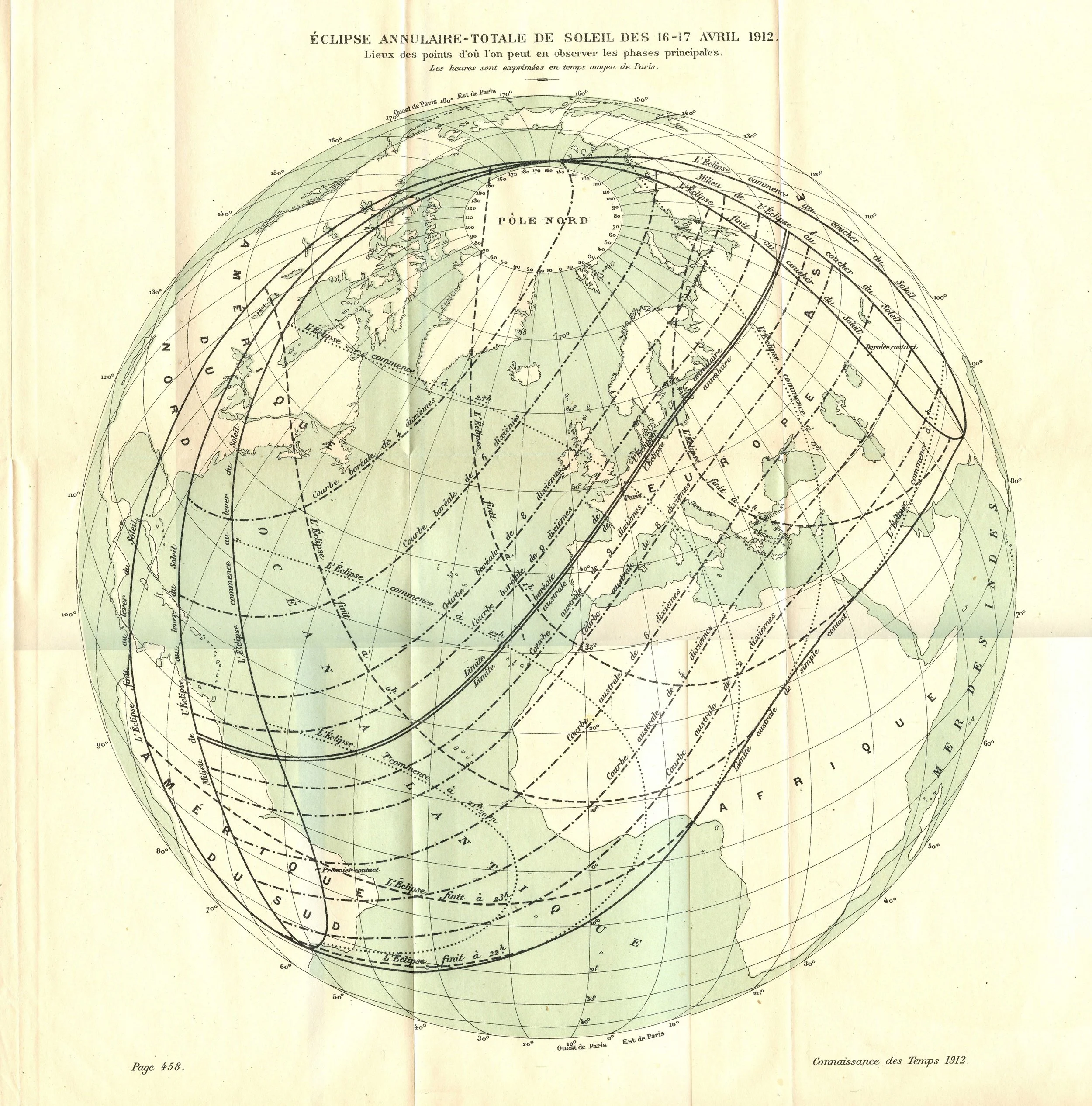The splendor of totality
You cannot completely prepare yourself for the sight of your first total solar eclipse. When totality arrives, you will likely experience several emotions and wonderment at the unspeakable beauty of the corona and the panoply of colors and light. Many people involuntarily scream, gasp, and often cry at this astounding vision. First timers are especially likely to shed a few tears, often followed by sheer exhilaration.
You will be looking straight down the cosmic billiard shot of the Earth, Moon, and Sun lined up perfectly. By celestial coincidence, the Sun and Moon's apparent disks in the sky are nearly the same. This serendipitous fact allows the Sun to be completely covered during eclipse yet also allows us to see the Sun's atmosphere, its corona. The corona is hidden from us all our lives except for the very special moments during a total solar eclipse.
Photos by Michael Zeiler. Exmouth, Australia on April 20, 2023
Witnessing a total solar eclipse
When you look at a total eclipse, you will perceive the blackest black imaginable surrounded by the Sun's ever-changing atmosphere, the ephemeral corona. The quality of light is truly unique with an amazing show of iridescence, scintillation, and delicate colors.
Another realization that may hit you during totality is that you are watching the solar system in motion. In real-time, you can perceive the relative motions of the Moon around Earth and the Earth around the Sun.
Even for those who have seen it before, a total solar eclipse is an intensely emotional experience. You will feel ecstasy, wonder, and disappointment when it is over. Many people want to immediately discuss plans to see the next one. Eclipse Atlas is your guide to planning your next eclipse.
Mapping eclipses
Eclipse maps are amazing cultural artifacts that are worth celebrating. They document the narrow path from where you can experience nature’s most spectacular sight, a total eclipse of the Sun.
Eclipse maps require considerable computations and cartographic labor and are functional for only a part of one day. So why go to all this trouble? Because an eclipse map is a treasure map, marking where you can enjoy a peak life experience. And eclipses are such beautiful phenomena that they deserve beautiful eclipse maps.
Eclipse Atlas has two missions:
Eclipse Atlas is a museum of all the noteworthy eclipse maps produced since the first was published in 1654. We apply lessons from these early maps to our modern eclipse map production.
Eclipse Atlas is also a gallery of our eclipse maps for coming eclipses, enabling you to make informed choices on your best location to witness an eclipse.
We have pioneered many innovations in modern eclipse cartography, including creating the first precise eclipse maps with corrections for the irregularities of the Moon’s shape, the first globe of solar eclipses, and the first eclipse maps that show where you can observe the beautiful and elusive double diamond ring effect at the onset and egress of totality.
The coming total solar eclipses
-

The next total solar eclipse comes over Russia, Greenland, Iceland, and Spain
-
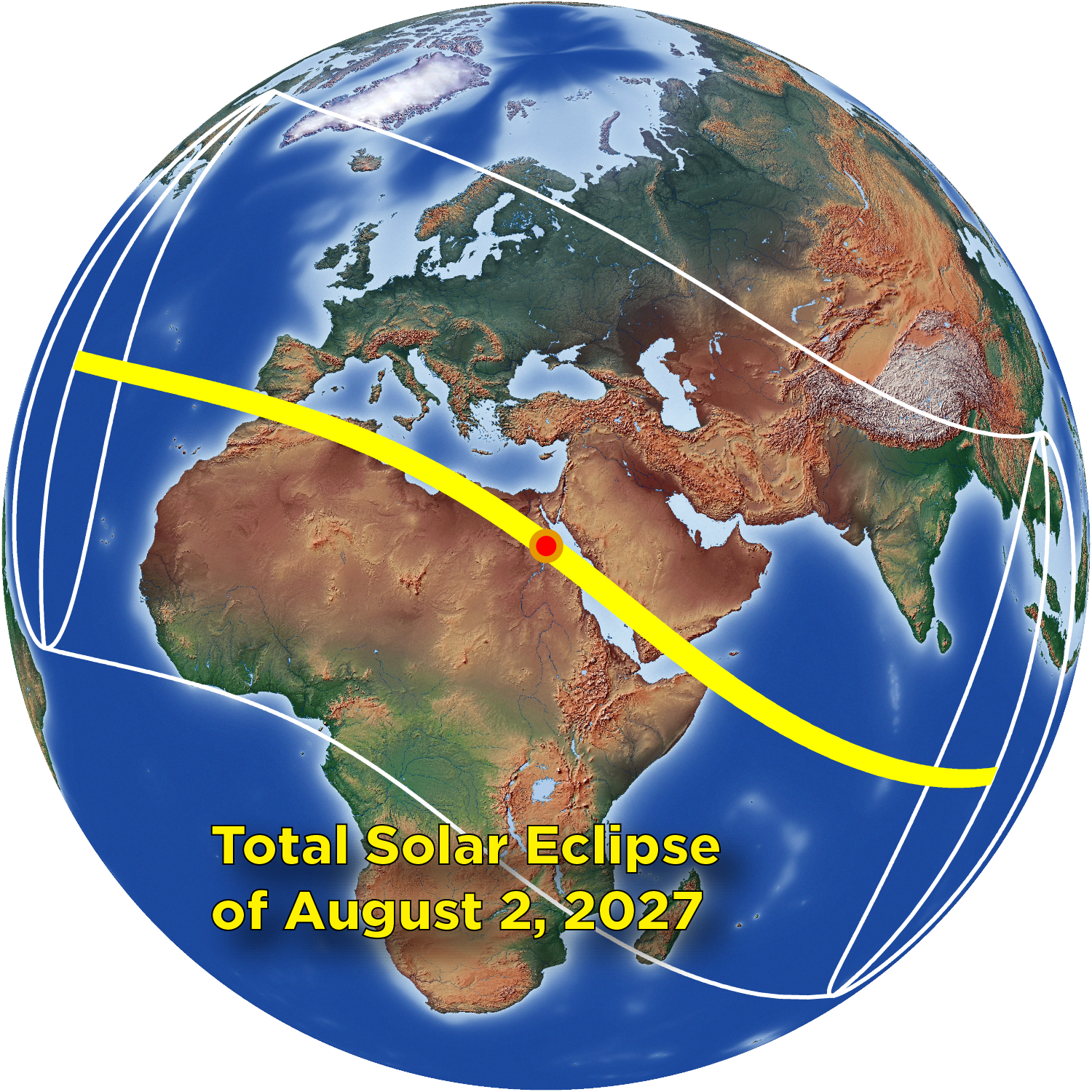
The longest total solar eclipse for the rest of our lives over Spain, North Africa, and Arabia
-
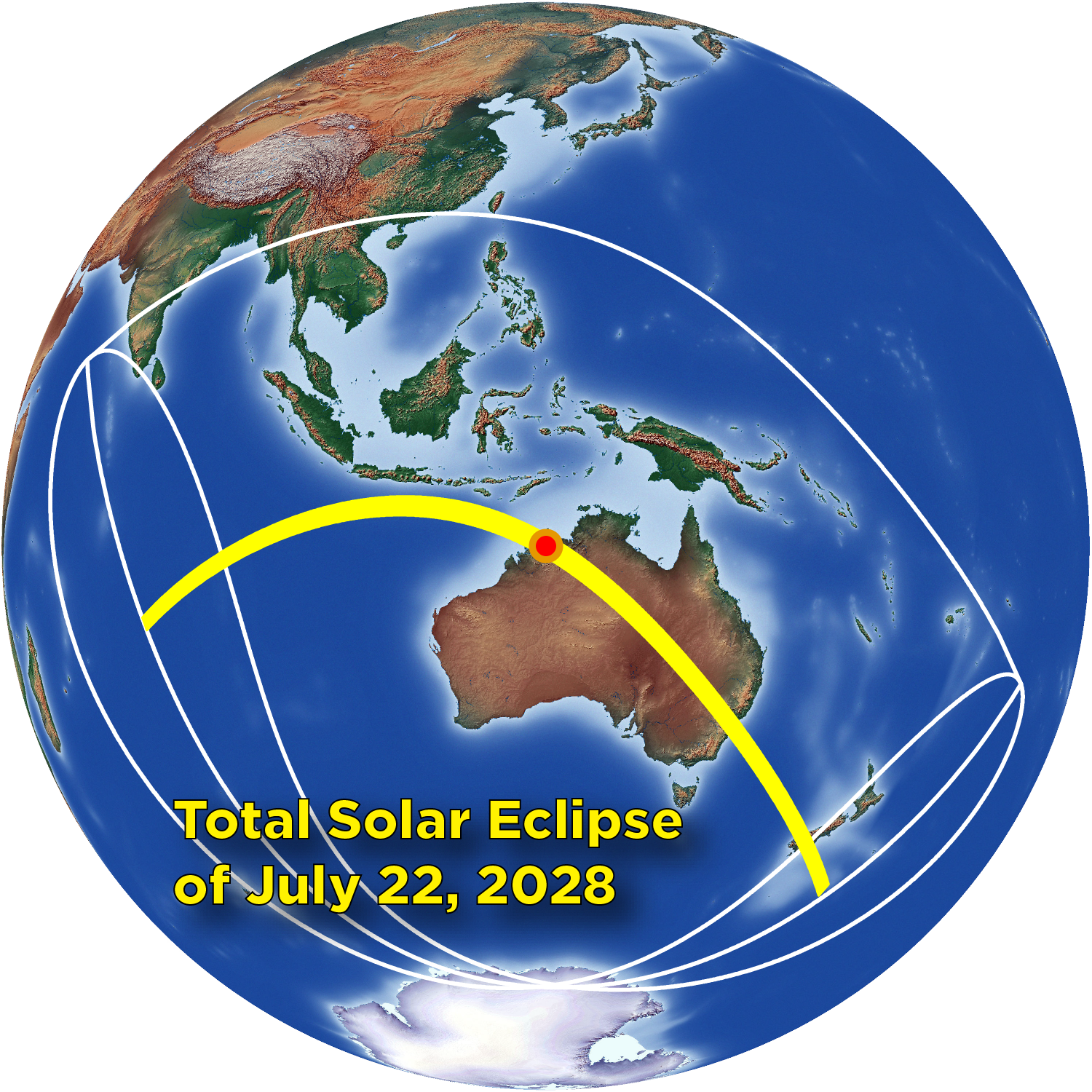
Five minutes of totality over Australia and New Zealand

